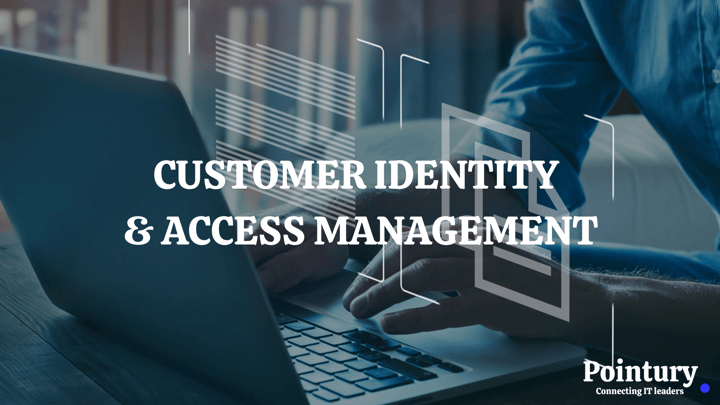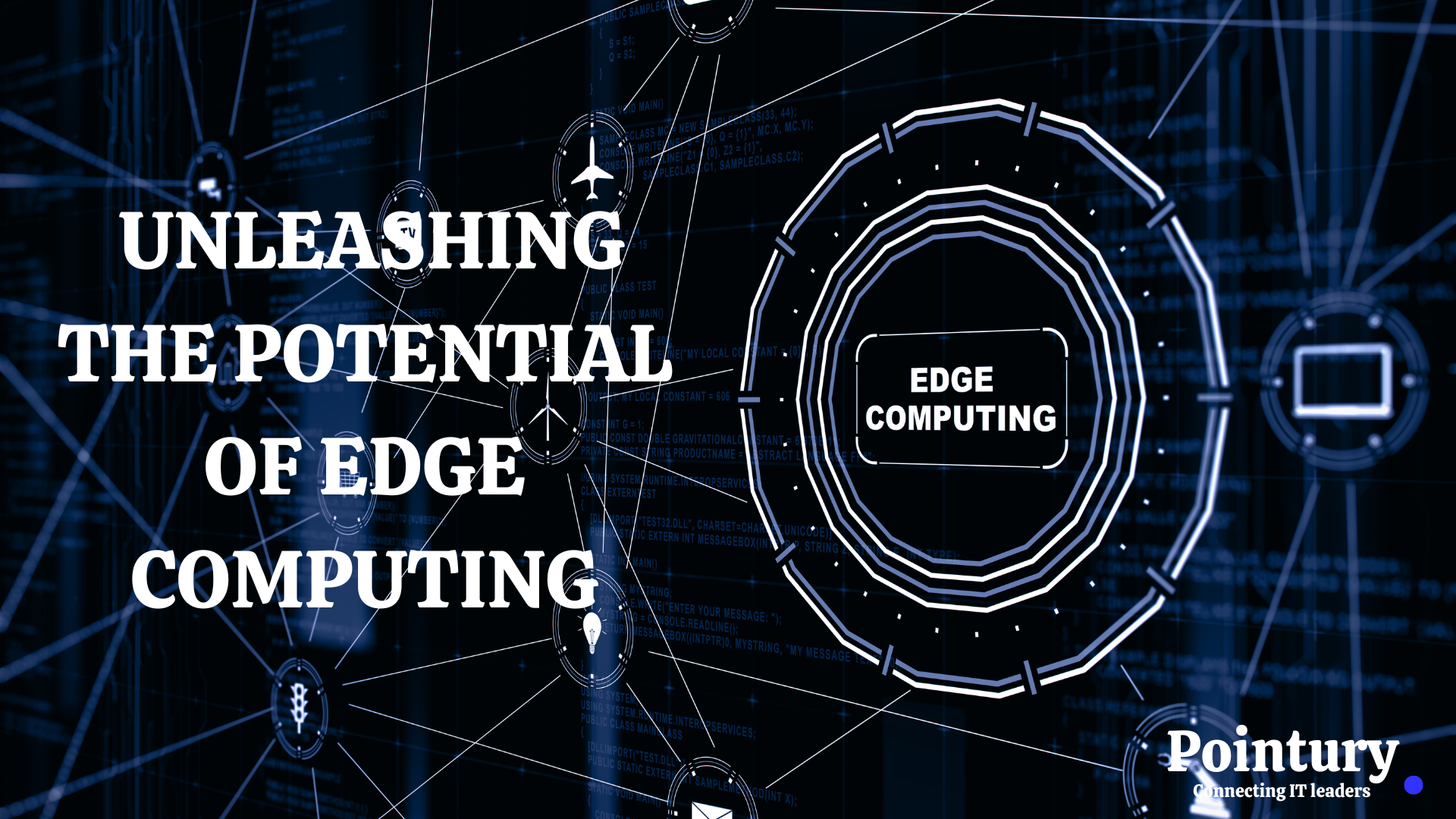CUSTOMER IDENTITY & ACCESS MANAGEMENT

Customer Identity & Access Management:
Enabling Seamless Digital Experiences
In the ever-evolving landscape of digital business, ensuring secure yet seamless interactions between customers and online platforms has become paramount. This is where Customer Identity & Access Management (CIAM) steps in as a crucial solution. CIAM is not just a buzzword; it's a strategic framework that empowers organizations to deliver personalized, secure, and frictionless experiences to their customers while safeguarding their sensitive data.
The Essence of CIAM
At its core, CIAM revolves around managing the identity and access of external users, typically customers, partners, and vendors, across various digital touchpoints. Unlike traditional Identity & Access Management (IAM), which primarily caters to internal users, CIAM focuses on providing a seamless experience to external users while ensuring their privacy and security.
Personalization Meets Security
In the digital age, customers demand personalized experiences, and businesses strive to meet these expectations. CIAM enables the customization of user experiences by collecting, analyzing, and leveraging customer data. This data-driven approach allows organizations to understand customer preferences, behaviors, and patterns, ultimately tailoring their offerings to meet individual needs.
However, personalization cannot come at the cost of security. CIAM's intricate authentication and authorization mechanisms ensure that customers' private information remains confidential while granting them access to the resources they need. This delicate balance between personalization and security distinguishes CIAM from other identity management approaches.
Benefits of CIAM
-
Frictionless User Experience: CIAM simplifies the user journey by offering single sign-on (SSO) capabilities, allowing customers to access multiple applications using a single set of credentials. This eliminates the need for users to remember multiple usernames and passwords, enhancing their experience.
-
Enhanced Security: By implementing multi-factor authentication (MFA), risk-based authentication, and adaptive access controls, CIAM fortifies security measures. These mechanisms ensure that only authorized individuals gain access to sensitive data and applications.
-
Regulatory Compliance: With data protection regulations like GDPR and CCPA in place, organizations must ensure customer data privacy. CIAM solutions facilitate compliance by enabling consent management, data portability, and the right to be forgotten.
-
Scalability and Flexibility: CIAM systems are designed to handle millions of identities and can be seamlessly integrated into existing applications and platforms. This scalability ensures that the solution can accommodate growing user bases without compromising performance.
Implementing CIAM
A successful CIAM implementation requires careful planning and execution. Here are some key steps to consider:
-
Understanding User Journeys: Analyze how customers interact with your digital platforms. Identify pain points, such as excessive logins or complex registration processes, and address them through CIAM.
-
Data Privacy: Ensure that customer data is collected, stored, and processed in compliance with data protection regulations. Implement consent management tools to give customers control over their data.
-
Authentication Methods: Choose appropriate authentication methods based on the sensitivity of the information being accessed. MFA, biometric authentication, and adaptive authentication can be employed to strike the right balance between security and user experience.
-
Integration: Integrate CIAM seamlessly into your existing infrastructure. APIs and SDKs can facilitate integration with web and mobile applications.
The Road Ahead
In a digital world driven by customer expectations, CIAM emerges as a critical enabler of growth and customer loyalty. By offering personalized experiences without compromising security, organizations can build trust and create lasting relationships with their customers. As the digital landscape continues to evolve, CIAM will remain at the forefront of ensuring seamless, secure, and tailored interactions, making it an essential component of any customer-centric business strategy.


